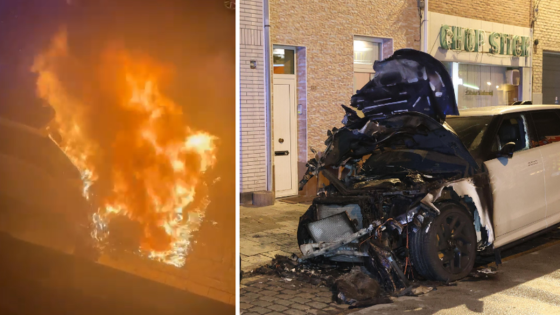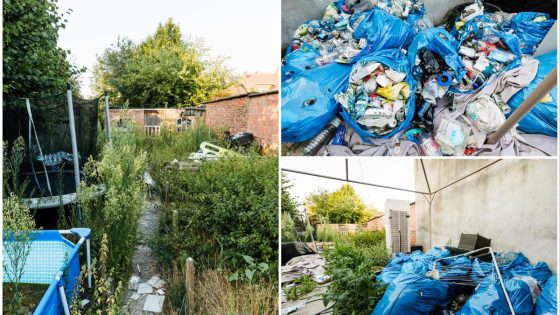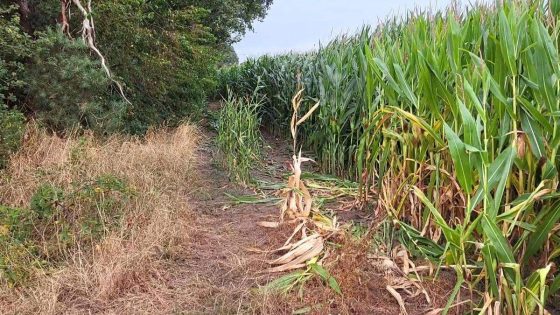The mysterious case of a brutal murder in Waals-Brabant has resurfaced in local archives, captivating Belgian true crime enthusiasts. The discovery of a woman’s body in the fields of Opprebais in 1912 remains an eerie chapter in the region’s history. This case, involving strange clues found around the victim, continues to intrigue as of 2025-08-15 18:58:00.
- Discover a 1912 murder case in Opprebais
- Identify four mysterious objects at scene
- Examine victim unknown to local villagers
- Analyze clues: hammer, matches, safety pin
- Explore religious magazine page significance
- Investigate historical archives from Assisen court
What makes this 113-year-old mystery even more puzzling are the four unusual objects found beside the body: a hammer, a box of matches, a safety pin, and a page from a religious magazine. No one in the small village recognized the victim, adding layers of enigma to the investigation. How did these items connect to the crime, and why were they left at the scene?
The story invites US to revisit the past and ask: could this be an early Belgian Cluedo game come to life? The details hint at a chilling puzzle that locals and historians alike find hard to forget.
Why has this case remained unsolved for over a century? The presence of odd items suggests a symbolic message or a clue, yet the victim’s identity and the motive remain unknown. This raises questions about the investigative methods of the time and the social fabric of rural Belgium:
- Unidentified victim in a close-knit community
- Four peculiar objects possibly linked to the crime or perpetrator
- Limited forensic technology in early 20th-century Belgium
- Potential religious or social symbolism in the clues found
As interest in historical crimes grows, revisiting cases like this could inspire new research or community discussions. Could modern forensic techniques finally shed light on this century-old mystery? Belgian residents are encouraged to explore their local archives and keep the conversation alive.

































